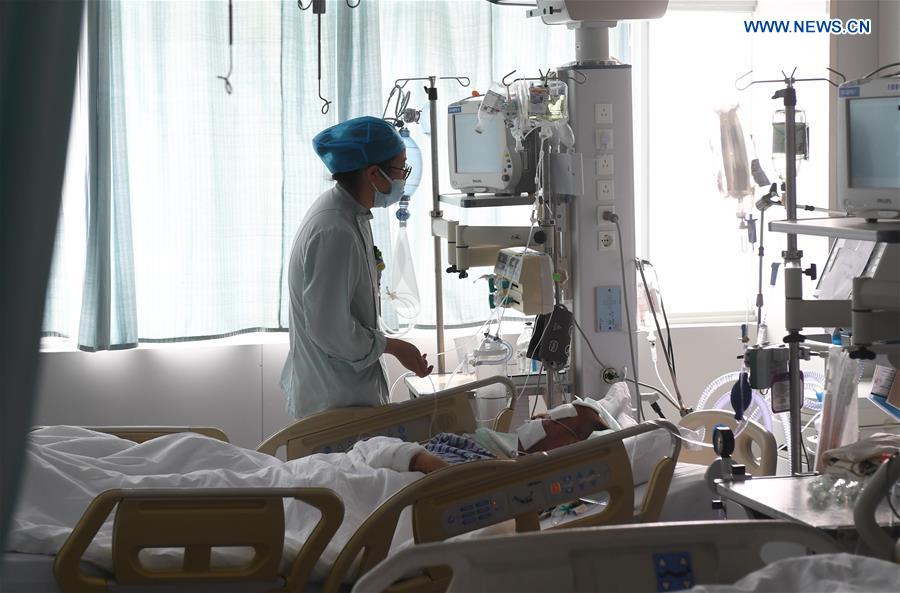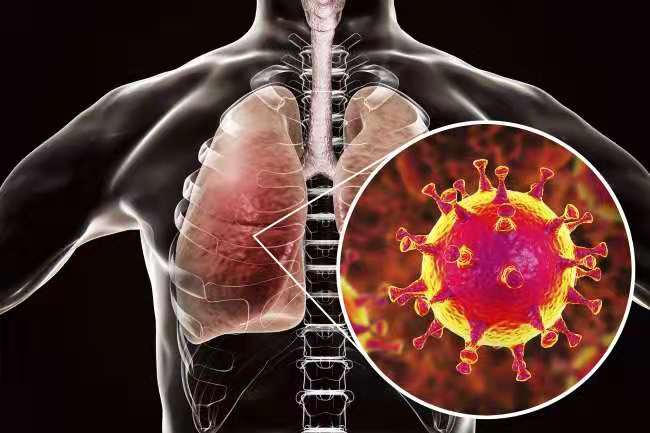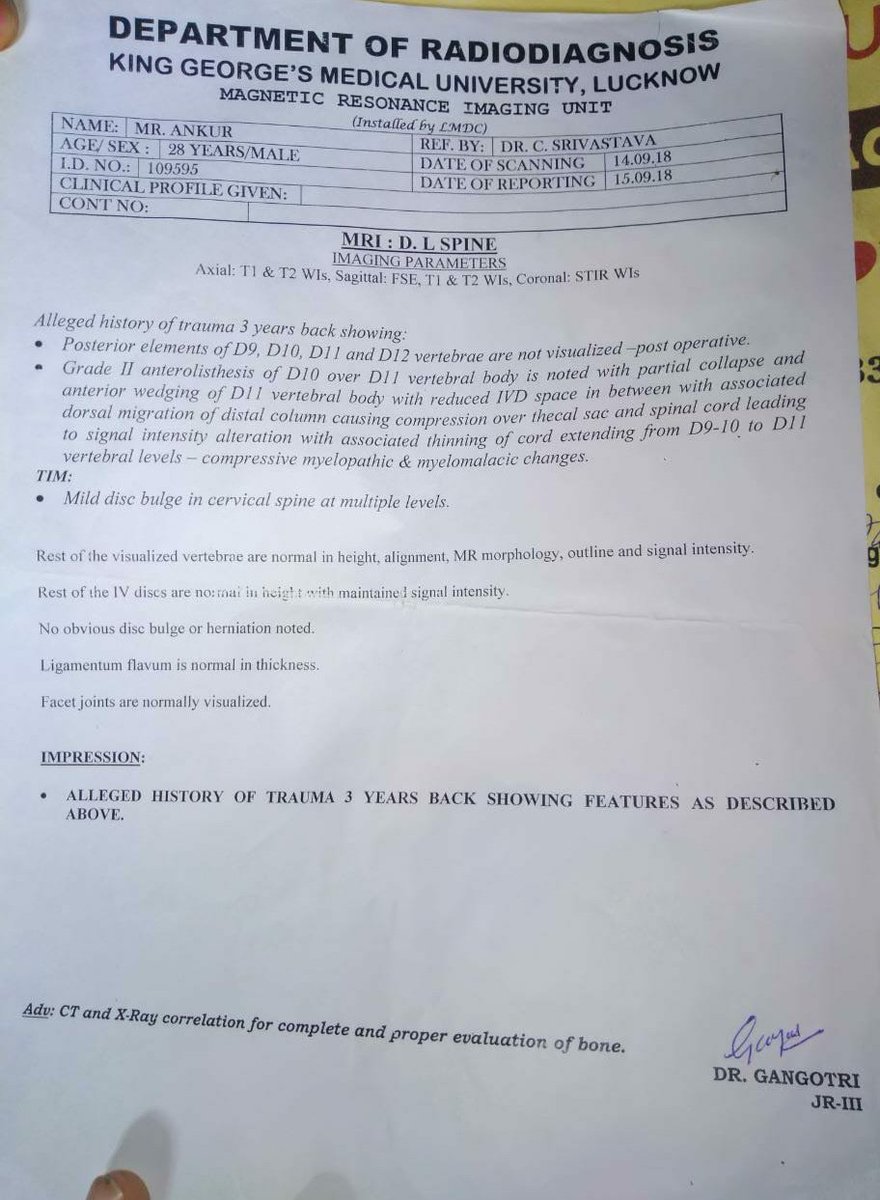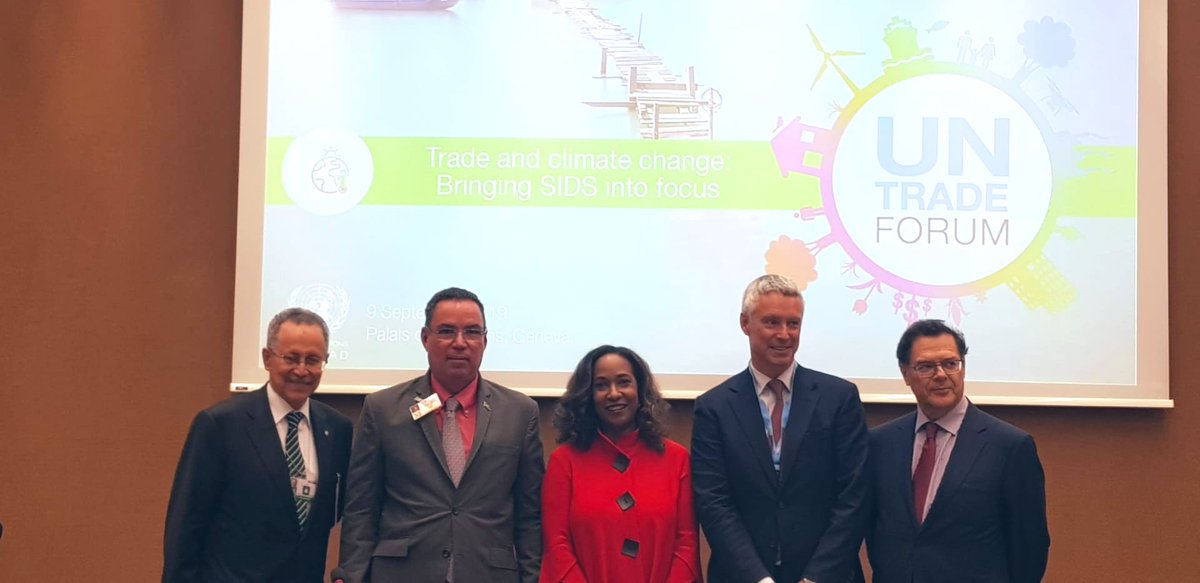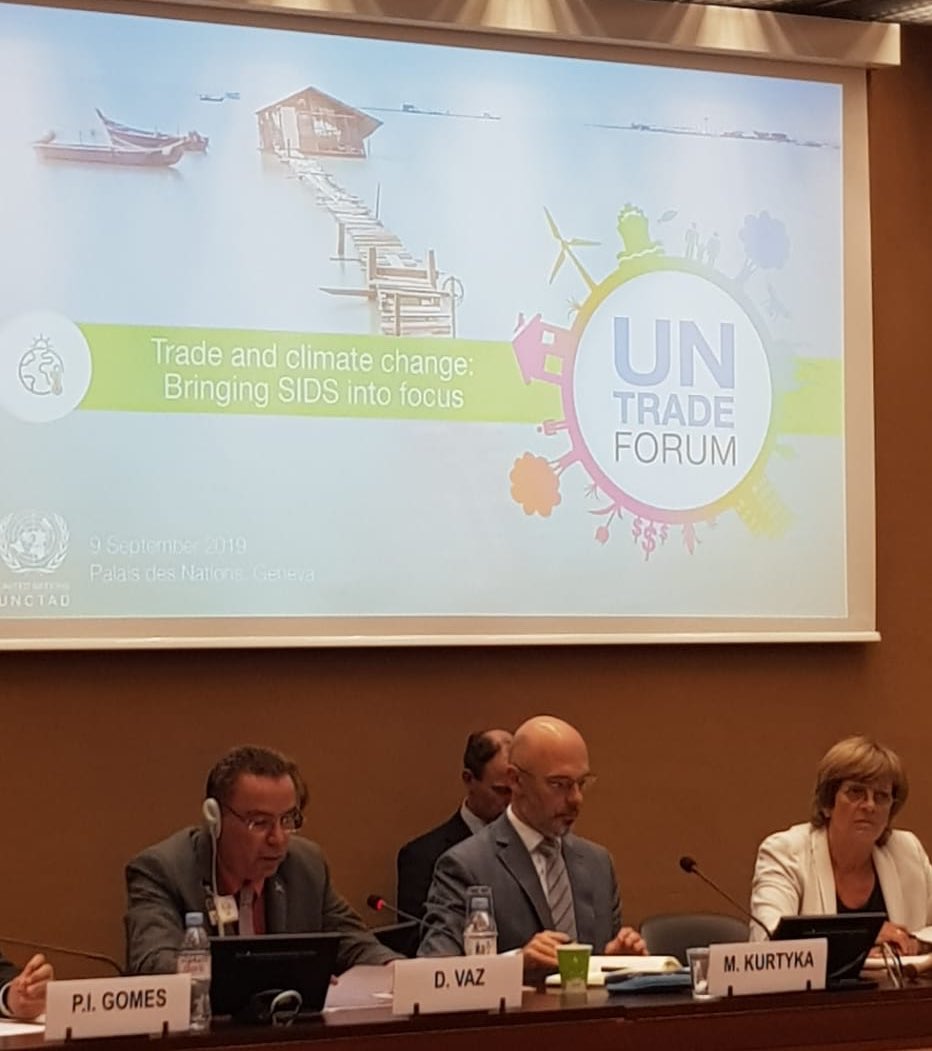The charts in the embedded thread help explain why WHO and others are so much more worried about the developing world.
Here again is a simple conceptual representation of how case volume and health system capacity relate to create risk of elevated mortality.
Also perhaps move treatment of novel pathogen out of main health system to protect it (this is the classic Ebola strategy).
As in any country, social distancing measures and interventions like contact tracing can help.
- We don't know how disease will behave in tropical settings
- Dev world populations younger on avg, so may see fewer severe infections
- Population health status prob lower, so may see higher susceptibility and dangerous co-morbidities, esp respiratory
And in crises, focusing on dense communities with weak sanitation. e.g. refugee/idp camps.








